Home>diy>Building & Construction>What Is An O&M In Construction
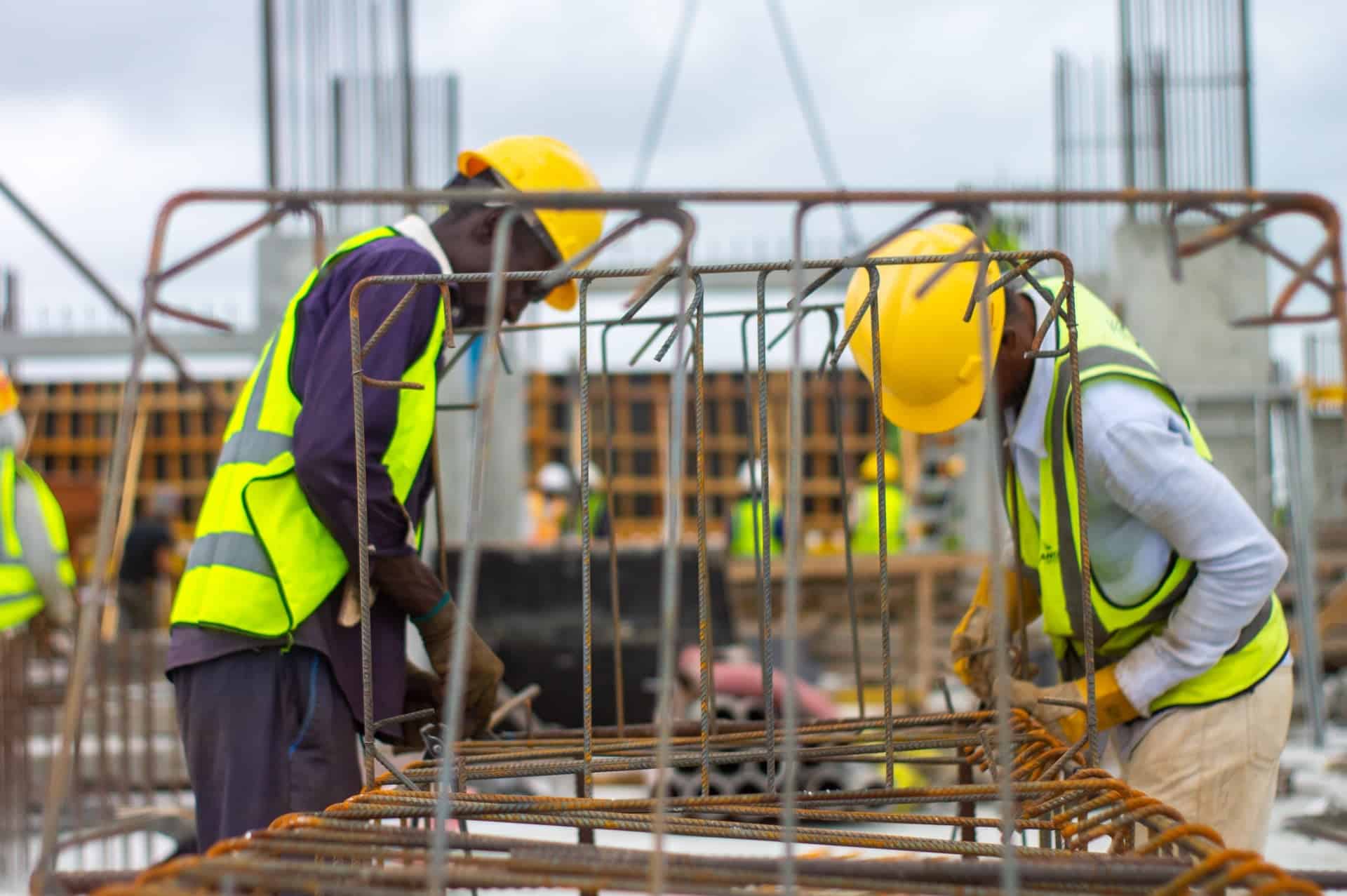

Building & Construction
What Is An O&M In Construction
Modified: December 7, 2023
Learn what an O&M in construction is and how it plays a crucial role in building-construction projects. Explore the importance of O&M in ensuring efficient operations and maintenance for long-term sustainability.
(Many of the links in this article redirect to a specific reviewed product. Your purchase of these products through affiliate links helps to generate commission for Storables.com, at no extra cost. Learn more)
Introduction
Welcome to the world of construction, where buildings and infrastructure are built to stand the test of time. In the construction industry, the focus is often on the physical aspects of creating structures, such as the design, materials, and construction process itself. However, there is another crucial component that is often overlooked: Operations and Maintenance, commonly referred to as O&M.
O&M in construction refers to the ongoing management and upkeep of a building or structure after it has been completed. It encompasses a wide range of activities, including routine maintenance, repairs, inspections, equipment management, and even energy efficiency optimization. While the construction phase is undoubtedly important, the long-term success and performance of a building heavily rely on effective O&M practices.
It is vital to understand that O&M is not limited to just commercial buildings or large-scale infrastructure projects. It applies to every construction project, be it residential homes, schools, hospitals, or even roadways and bridges. Every structure requires proper operation and maintenance to ensure safety, functionality, and durability.
The goal of this article is to shed light on the significance of O&M in construction and provide insights into how it influences the longevity and efficiency of buildings. We will explore the responsibilities of O&M professionals, the training and certifications available in the field, best practices for effective O&M, and examine challenges faced during the process. Through real-life case studies, we will demonstrate the successful implementation of O&M in construction projects.
By the end of this article, you will have a comprehensive understanding of O&M in construction and how it serves as the lifeline for buildings and infrastructure. So, let’s dive in and explore the world of O&M in construction!
Key Takeaways:
- O&M in construction is vital for safety, durability, cost savings, and sustainability. From preventive maintenance to energy management, O&M ensures buildings operate efficiently and provide safe, sustainable spaces for occupants.
- O&M professionals play a critical role in managing maintenance, energy efficiency, and regulatory compliance. Through training, certifications, and best practices, they optimize building performance and overcome challenges in construction projects.
Read more: What Is Pre-Construction In Construction
Definition of O&M in Construction
Operations and Maintenance (O&M) in construction refers to the ongoing activities and processes involved in managing and maintaining a building or infrastructure project after its completion. It encompasses the tasks necessary to ensure the smooth operation, functionality, and longevity of the structure. O&M is a crucial aspect of the construction industry, as it directly affects the safety, efficiency, and overall performance of a building or infrastructure.
When it comes to construction projects, O&M covers a wide range of activities. These activities include preventive maintenance, corrective maintenance, inspections, repairs, equipment management, energy management, and regulatory compliance. O&M professionals, often referred to as facility managers or building operators, are responsible for overseeing these tasks and ensuring that the building or infrastructure performs optimally.
Preventive maintenance is one of the key components of O&M in construction. It involves regularly scheduled inspections and maintenance activities aimed at identifying and addressing potential issues before they become major problems. This can include tasks such as checking electrical systems, HVAC (Heating, Ventilation, and Air Conditioning) maintenance, fire protection system inspections, and structural integrity assessments.
Corrective maintenance is another critical aspect of O&M in construction. It involves addressing and resolving issues that arise during the operation of the building or infrastructure. This can include repairing faulty equipment, fixing leaks, and addressing any structural damage or deterioration.
Inspections play a vital role in O&M as well. Regular inspections allow O&M professionals to identify any potential issues or maintenance requirements. Inspections can cover a wide range of areas, including electrical systems, plumbing, fire protection systems, elevators, and safety features.
Equipment management is another essential aspect of O&M in construction. It involves the proper maintenance and management of all the equipment and systems within the building or infrastructure. This can include routine checks, calibration, and repair of equipment to ensure optimal performance.
Energy management is becoming increasingly important in today’s construction industry. O&M professionals are responsible for monitoring and optimizing energy usage within the building or infrastructure. This can include implementing energy-efficient practices, such as utilizing smart building technologies, optimizing lighting systems, and managing HVAC systems to reduce energy consumption.
Regulatory compliance is a critical consideration in O&M in construction. O&M professionals must ensure that the building or infrastructure meets all applicable codes, regulations, and standards. This can include maintaining records, conducting regular safety inspections, and implementing necessary upgrades or modifications to comply with regulations.
In summary, O&M in construction involves the ongoing management, maintenance, and optimization of buildings and infrastructure after their completion. It encompasses a wide range of activities, including preventive and corrective maintenance, inspections, equipment management, energy management, and regulatory compliance. By ensuring the efficient operation and longevity of buildings, O&M plays a crucial role in the construction industry.
Importance of O&M in Construction
Operations and Maintenance (O&M) is a critical aspect of the construction industry that should not be overlooked or underestimated. Proper O&M practices play a vital role in ensuring the long-term success and performance of buildings and infrastructure. Here are some key reasons why O&M is essential in construction:
- Safety: One of the primary reasons for the importance of O&M in construction is safety. Regular inspections, maintenance, and repairs help identify potential hazards or issues that could compromise the safety of occupants and users of the building or infrastructure. By maintaining safe operating conditions, O&M professionals can prevent accidents, ensure compliance with safety regulations, and protect the well-being of individuals within the premises.
- Durability and Longevity: Investing in proper O&M practices can significantly extend the lifespan of a building or infrastructure project. Regular maintenance and repairs prevent minor issues from escalating into major problems, which can lead to costly repairs or even premature failure of the structure. O&M activities such as roof inspections, HVAC maintenance, and structural integrity assessments help identify and address potential issues before they cause significant damage, thereby increasing the durability and longevity of the building.
- Cost Savings: Effective O&M practices can result in significant cost savings over the lifespan of a building. By addressing maintenance needs promptly and proactively, O&M professionals can prevent major repairs or replacements that are often more expensive. Additionally, energy management strategies implemented by O&M professionals can optimize energy usage, reduce utility costs, and enhance the overall operational efficiency of the building.
- Enhanced Performance: O&M practices also contribute to the overall performance of a building. Regular inspections, maintenance, and calibration of equipment and systems ensure that they are operating at their optimal levels. This leads to improved efficiency, comfort, and functionality for building occupants. Well-maintained HVAC systems, lighting controls, and energy management systems, for example, can create a more comfortable and productive environment for occupants.
- Sustainability: O&M practices in construction also play a role in promoting sustainability. By implementing energy-efficient strategies and adopting sustainable practices, O&M professionals can help reduce the environmental impact of the building. This can include the use of renewable energy sources, implementing water conservation measures, and enhancing waste management systems. Sustainable O&M practices contribute to a greener and more environmentally-friendly construction industry.
In summary, the importance of O&M in construction cannot be overstated. It ensures safety, enhances durability and longevity, results in cost savings, improves building performance, and promotes sustainability. By prioritizing O&M practices, construction projects can achieve their full potential and provide safe, efficient, and sustainable spaces for users and occupants.
Roles and Responsibilities of an O&M Professional in Construction
Operations and Maintenance (O&M) professionals play a crucial role in ensuring the optimal functioning and longevity of buildings and infrastructure projects. They are responsible for managing various tasks and overseeing the day-to-day operations of a facility. Here are the key roles and responsibilities of an O&M professional in construction:
- Maintenance and Repairs: One of the primary responsibilities of an O&M professional is to manage routine maintenance and perform necessary repairs. This includes conducting inspections, identifying maintenance needs, and addressing them promptly. Whether it’s fixing faulty plumbing, repairing electrical systems, or addressing structural issues, O&M professionals ensure that the building remains in good working condition.
- Equipment Management: O&M professionals are responsible for managing and maintaining the equipment and systems within the building. This includes overseeing the operation of HVAC systems, elevators, fire protection systems, lighting controls, and other critical equipment. They ensure that all equipment is functioning properly, conduct regular checks, and coordinate any necessary repairs or replacements.
- Energy Management: O&M professionals play a vital role in optimizing energy usage within a building or infrastructure project. They monitor energy consumption, identify opportunities for energy savings, and implement energy-efficient practices. This can include utilizing smart building technologies, optimizing lighting systems, implementing energy management systems, and coordinating energy audits to identify areas for improvement.
- Regulatory Compliance: O&M professionals ensure that the building complies with all relevant codes, regulations, and standards. They stay updated on building codes and ensure that necessary inspections, certifications, and permits are obtained. O&M professionals also maintain records and documentation related to compliance, carry out safety inspections, and implement any required upgrades or modifications to meet regulatory requirements.
- Emergency and Crisis Management: O&M professionals are trained to handle emergencies and crises that may arise within the building or infrastructure project. They develop emergency response plans, conduct drills, and ensure that all necessary safety measures are in place. In the event of an emergency, they coordinate evacuation procedures, coordinate communication with emergency services, and oversee the implementation of emergency protocols.
- Contractor Management: O&M professionals often work closely with external contractors and service providers. They oversee contractor activities, ensure that work is completed according to specifications and safety requirements, and maintain effective communication and collaboration with contractors. O&M professionals also manage service contracts, negotiate agreements, and coordinate ongoing maintenance and repair work carried out by contractors.
- Documentation and Reporting: O&M professionals are responsible for maintaining accurate documentation and records related to the building’s operation and maintenance. They keep track of maintenance schedules, inspection reports, equipment manuals, and warranties. O&M professionals also generate reports on building performance, energy usage, and maintenance activities, providing valuable insights to stakeholders and decision-makers.
In summary, the roles and responsibilities of an O&M professional in construction encompass a wide range of tasks. From managing maintenance and repairs to overseeing equipment and energy management, ensuring regulatory compliance, handling emergencies, coordinating with contractors, and maintaining documentation, O&M professionals play a crucial part in keeping buildings and infrastructure projects running smoothly and efficiently.
O&M Training and Certification in Construction
In the field of Operations and Maintenance (O&M) in construction, obtaining proper training and certifications plays a vital role in enhancing professional skills and ensuring industry expertise. O&M professionals require a solid knowledge base and practical experience to effectively manage the maintenance and operation of buildings and infrastructure projects. Here are some key aspects of O&M training and certification in the construction industry:
1. Professional Development Programs: Many organizations offer professional development programs specifically designed for O&M professionals in the construction industry. These programs provide comprehensive training on various aspects of O&M, including maintenance strategies, equipment management, energy efficiency, regulatory compliance, and emergency management. Professional development programs often consist of workshops, seminars, online courses, and hands-on training sessions to enhance practical skills.
2. O&M Certifications: There are several certifications available for O&M professionals in the construction industry. These certifications validate the competency and expertise of individuals in performing O&M tasks effectively. Some of the well-known certifications in the field of O&M for construction include:
– Certified Facility Manager (CFM): Offered by the International Facility Management Association (IFMA), the CFM certification validates a facility manager’s knowledge and expertise in various areas, including O&M, sustainability, finance, and strategic planning.
– Building Performance Institute (BPI) Certification: BPI offers a range of certifications related to energy efficiency and building performance. These certifications cover areas such as building analyst, envelope professional, and HVAC professional, providing specialized training in energy management and conservation.
– LEED AP O&M Certification: The Leadership in Energy and Environmental Design (LEED) AP (Accredited Professional) O&M certification is offered by the U.S. Green Building Council (USGBC). This certification focuses on sustainable operations and maintenance practices for buildings. It demonstrates expertise in green building strategies, energy efficiency, water conservation, and indoor environmental quality.
– ASHRAE Building Operations Certification (BOC): The BOC certification program, developed by the American Society of Heating, Refrigerating and Air-Conditioning Engineers (ASHRAE), focuses on improving the overall operations and energy efficiency of buildings. It provides training and validation in areas such as HVAC systems, lighting, and energy management.
3. On-The-Job Training: In addition to formal training programs and certifications, on-the-job training plays a crucial role in building the practical skills and expertise needed for O&M in construction. Practical experience under the guidance of experienced professionals allows individuals to gain hands-on knowledge of maintenance practices, equipment management, emergency procedures, and compliance requirements specific to a particular building or infrastructure project.
4. Continuous Learning and Professional Development: O&M professionals should engage in continuous learning to stay updated with the latest industry practices, technologies, and regulations. Attending conferences, seminars, and webinars, as well as participating in industry forums, provides opportunities to learn from industry experts, share knowledge, and keep abreast of emerging trends in O&M within the construction industry.
In summary, O&M training and certification are crucial for O&M professionals working in the construction industry. Professional development programs, certifications, on-the-job training, and continuous learning opportunities enhance knowledge, skills, and expertise in various aspects of O&M, ensuring the effective management and operation of buildings and infrastructure projects.
When hiring an O&M (Operations and Maintenance) contractor for construction projects, make sure to thoroughly review their experience, qualifications, and track record to ensure they are capable of effectively managing the ongoing operations and maintenance of the building or infrastructure.
Read more: What Is Construction
O&M Best Practices in Construction
Implementing best practices in Operations and Maintenance (O&M) is crucial for ensuring the long-term success, efficiency, and sustainability of buildings and infrastructure projects. By adopting proven strategies and approaches, O&M professionals in the construction industry can optimize maintenance activities, reduce costs, and maximize the performance of the facility. Here are some key O&M best practices in construction:
- Developing a Comprehensive Maintenance Plan: A well-defined maintenance plan is the foundation of effective O&M. It outlines the specific maintenance tasks, schedules, and responsibilities for different systems and components within the building. A comprehensive maintenance plan should include preventive maintenance activities, routine inspections, equipment calibration and testing, and a system to track maintenance records and performance metrics.
- Implementing Preventive Maintenance: Preventive maintenance is a proactive approach aimed at avoiding equipment failure and costly repairs. Regular inspections, routine maintenance, and timely repairs can help identify and address potential issues before they escalate. Creating a preventive maintenance schedule and adhering to it ensures that critical systems and components are regularly serviced and maintained.
- Utilizing Technology and Automation: The advancements in technology have revolutionized the way O&M is performed. Automation tools such as computerized maintenance management systems (CMMS) can streamline maintenance activities, track work orders, schedule tasks, and generate reports. Building automation systems (BAS) can enable remote monitoring and control of various systems within the building, optimizing energy efficiency and identifying maintenance needs in real-time.
- Prioritizing Energy Efficiency: Energy management is a critical aspect of O&M in construction. Implementing energy-efficient practices not only reduces utility costs but also contributes to environmental sustainability. O&M professionals should focus on optimizing HVAC systems, implementing lighting controls, utilizing smart technologies, and conducting energy audits to identify areas for improvement. Regular monitoring of energy consumption and ongoing optimization efforts are key to maximizing energy efficiency.
- Establishing Clear Communication Channels: Effective communication is essential for successful O&M in construction. Establishing clear channels of communication ensures that maintenance issues, equipment failures, and safety concerns are reported and addressed promptly. Regular communication with building occupants, contractors, and management ensures smooth operations and a proactive approach to maintenance and repairs.
- Training and Development: O&M professionals should receive ongoing training and development to stay updated with the latest industry practices, regulations, and technologies. Investing in continuous learning programs enhances the skills and knowledge of O&M professionals, enabling them to make informed decisions, implement best practices, and leverage new technologies to improve building performance.
- Documenting and Analyzing Performance: Maintaining accurate documentation of maintenance activities, inspections, and repairs is essential for tracking the performance and history of the building. Analyzing performance data can identify trends, reveal areas for improvement, and help in making data-driven decisions. Regular review of maintenance records and analysis of performance metrics enable O&M professionals to optimize maintenance strategies and allocate resources effectively.
By incorporating these best practices into their approach, O&M professionals can effectively manage the operation and maintenance of buildings and infrastructure projects. These practices enhance efficiency, reduce costs, increase occupant satisfaction, and contribute to the overall success and sustainability of the construction project.
Challenges and Solutions in O&M for Construction Projects
Operations and Maintenance (O&M) in construction projects can present various challenges that need to be addressed to ensure the effective management and long-term performance of buildings and infrastructure. By understanding and proactively seeking solutions to these challenges, O&M professionals can optimize their practices and overcome potential obstacles. Here are some common challenges and solutions in O&M for construction projects:
- Lack of Proper Documentation: In many cases, construction projects lack comprehensive documentation, such as as-built drawings, equipment manuals, and maintenance histories. This can make it challenging for O&M professionals to understand the systems and components within the building. The solution is to conduct a thorough documentation process as part of the construction project, ensuring that all relevant information is recorded and organized. This includes collecting as-built drawings, creating equipment lists, and maintaining accurate records of maintenance activities.
- Complexity of Building Systems: Modern buildings often have complex and integrated systems that require specialized knowledge and skills from O&M professionals. The solution is to provide comprehensive training and ongoing professional development opportunities for O&M staff. This ensures that they have the necessary expertise to operate, maintain, and troubleshoot complex building systems. Collaborating closely with contractors, architects, and engineers during the construction phase can also help in gaining a better understanding of the systems and identifying potential challenges.
- Budget Constraints: O&M activities require resources, including staff, equipment, and materials, which can strain budgets. The solution is to prioritize maintenance needs based on risk assessment and criticality. By focusing on preventive maintenance and addressing high-priority items promptly, O&M professionals can effectively allocate limited resources. Additionally, implementing energy-efficient practices can help reduce long-term operational costs and free up funds for maintenance activities.
- Changing Regulations and Standards: O&M professionals need to stay updated with evolving regulations, codes, and standards. The solution is to establish a system for continuous monitoring and training to ensure compliance with changing requirements. O&M professionals should actively participate in industry associations, attend conferences, and engage in professional networks to stay updated with the latest regulations and best practices.
- Technological Advances: While technology can greatly enhance O&M practices, keeping up with the rapid pace of technological advancements can be a challenge. The solution is to invest in technology that is adaptable and scalable, ensuring compatibility with existing systems. Training programs for O&M staff should be provided to familiarize them with new technologies and make full use of their capabilities, such as computerized maintenance management systems (CMMS), building automation systems (BAS), and remote monitoring solutions.
- High Turnover of Staff: O&M departments may experience high turnover of staff, leading to a loss of institutional knowledge and increased training costs. The solution is to develop comprehensive training programs and documentation that can be used to onboard new staff efficiently. Implementing knowledge management systems, mentorship programs, and cross-training initiatives can also help in retaining knowledge within the organization and ensuring a smooth transition during staff turnover.
- Maintaining Sustainability: Integrating sustainability practices into O&M can be a challenge due to limited resources and competing priorities. The solution is to develop a sustainability plan that aligns with the organization’s goals and values. This can include energy-saving initiatives, water conservation measures, waste management programs, and the use of eco-friendly materials. O&M professionals should regularly assess and optimize the building’s energy performance, implement renewable energy solutions, and educate building occupants on sustainable practices.
By addressing these challenges with appropriate solutions, O&M professionals can navigate the complexities of construction projects. They can ensure effective management, enhanced sustainability, and optimized performance throughout the lifecycle of buildings and infrastructure projects.
Case Studies: Successful Implementation of O&M in Construction
Real-life case studies provide valuable insights into the successful implementation of Operations and Maintenance (O&M) practices in construction projects. These examples highlight how effective O&M strategies can contribute to the longevity, efficiency, and sustainability of buildings and infrastructure. Here are a few case studies that showcase successful O&M implementations:
- Case Study 1: Sustainable Office Building
- Case Study 2: Hospital Facility Management
- Case Study 3: Sustainable Educational Building
In this case study, a newly constructed office building designed with sustainable features aimed to achieve LEED Platinum certification. O&M practices focused on energy efficiency, water conservation, and indoor air quality. To ensure continuous energy savings, the building incorporated a comprehensive energy monitoring system that tracked energy consumption, identified areas of improvement, and enabled timely adjustments. Regular maintenance of HVAC systems, including filter replacement and equipment calibration, resulted in optimal performance and energy savings. Water-efficient fixtures and smart irrigation systems were implemented to maximize water conservation. The O&M team conducted periodic indoor air quality inspections to ensure a healthy and comfortable environment for occupants. Through effective O&M practices, the building achieved its sustainability goals, resulting in reduced operational costs and enhanced occupant satisfaction.
This case study involved a large hospital facility with complex systems and varying maintenance needs. The O&M team implemented a computerized maintenance management system (CMMS) to streamline maintenance activities and track work orders. Preventive maintenance schedules were established based on criticality and risk assessments. Regular inspections and compliance checks ensured adherence to safety regulations. The O&M team focused on optimizing energy usage by implementing energy-saving technologies and strategies, such as LED lighting, occupancy sensors, and HVAC controls. Additionally, training programs were conducted to educate staff on energy conservation practices and the proper operation of equipment. As a result, the hospital achieved significant cost savings through reduced energy consumption, improved asset performance, and minimized downtime due to proactive maintenance.
In this case study, a new sustainable educational building was constructed with a focus on environmental stewardship and resource efficiency. O&M practices ensured the optimal operation and maintenance of the building’s systems and features. Building automation systems (BAS) were implemented to monitor and control HVAC, lighting, and water management systems. Real-time data analysis helped identify energy usage patterns and optimize performance. Regular inspections and maintenance of solar panels, rainwater harvesting systems, and green roofs ensured their continued functionality. O&M professionals conducted energy audits and implemented energy-saving measures such as daylight harvesting, thermal insulation, and smart controls. The sustainable educational building not only achieved energy efficiency but also served as an educational tool for students, showcasing the importance of sustainable practices.
These case studies demonstrate the positive impact of implementing effective O&M practices in construction projects. With a focus on sustainability, energy efficiency, proactive maintenance, and leveraging new technologies, these projects were able to achieve their goals of long-term performance, reduced operational costs, and enhanced occupant satisfaction.
Conclusion
Operations and Maintenance (O&M) in construction plays a crucial role in ensuring the long-term success and performance of buildings and infrastructure projects. From routine maintenance and repairs to energy management and regulatory compliance, O&M professionals are responsible for managing the ongoing operation and maintenance of construction projects. By implementing best practices and overcoming challenges, O&M professionals can optimize maintenance activities, reduce costs, and enhance building performance.
The importance of O&M in construction cannot be overstated. Through proper O&M practices, buildings can maintain safety standards, achieve sustainability goals, and provide comfortable and efficient environments for occupants. O&M professionals play a critical role in developing and implementing comprehensive maintenance plans, prioritizing preventive maintenance, and utilizing emerging technology to optimize building systems.
Training and certifications are essential for O&M professionals to gain the necessary skills and knowledge for effective management. Professional development programs and certifications validate expertise in various areas, such as facility management, energy efficiency, and sustainable operations. On-the-job training and continuous learning opportunities further enhance the capabilities of O&M professionals, ensuring they stay up-to-date with industry trends and regulations.
Successful implementation of O&M practices can be seen in real-life case studies. Buildings designed with sustainability in mind, such as LEED-certified offices and educational facilities, prioritize energy efficiency and resource conservation. Hospital facilities focus on streamlined maintenance processes, improving asset performance, and reducing downtime. These case studies highlight the positive impact of implementing effective O&M practices, resulting in reduced operational costs, enhanced occupant satisfaction, and environmental stewardship.
In conclusion, O&M is a critical aspect of construction projects that should not be overlooked. By prioritizing safety, durability, energy efficiency, and sustainability, O&M professionals can ensure the long-term success and performance of buildings and infrastructure. Through ongoing training, embracing technological advancements, and proactive maintenance strategies, O&M professionals can overcome challenges and contribute to the efficient and sustainable operation of the built environment. By prioritizing effective O&M practices, we can create spaces that not only meet the needs of occupants but also contribute to a greener and more sustainable future.
Frequently Asked Questions about What Is An O&M In Construction
Was this page helpful?
At Storables.com, we guarantee accurate and reliable information. Our content, validated by Expert Board Contributors, is crafted following stringent Editorial Policies. We're committed to providing you with well-researched, expert-backed insights for all your informational needs.

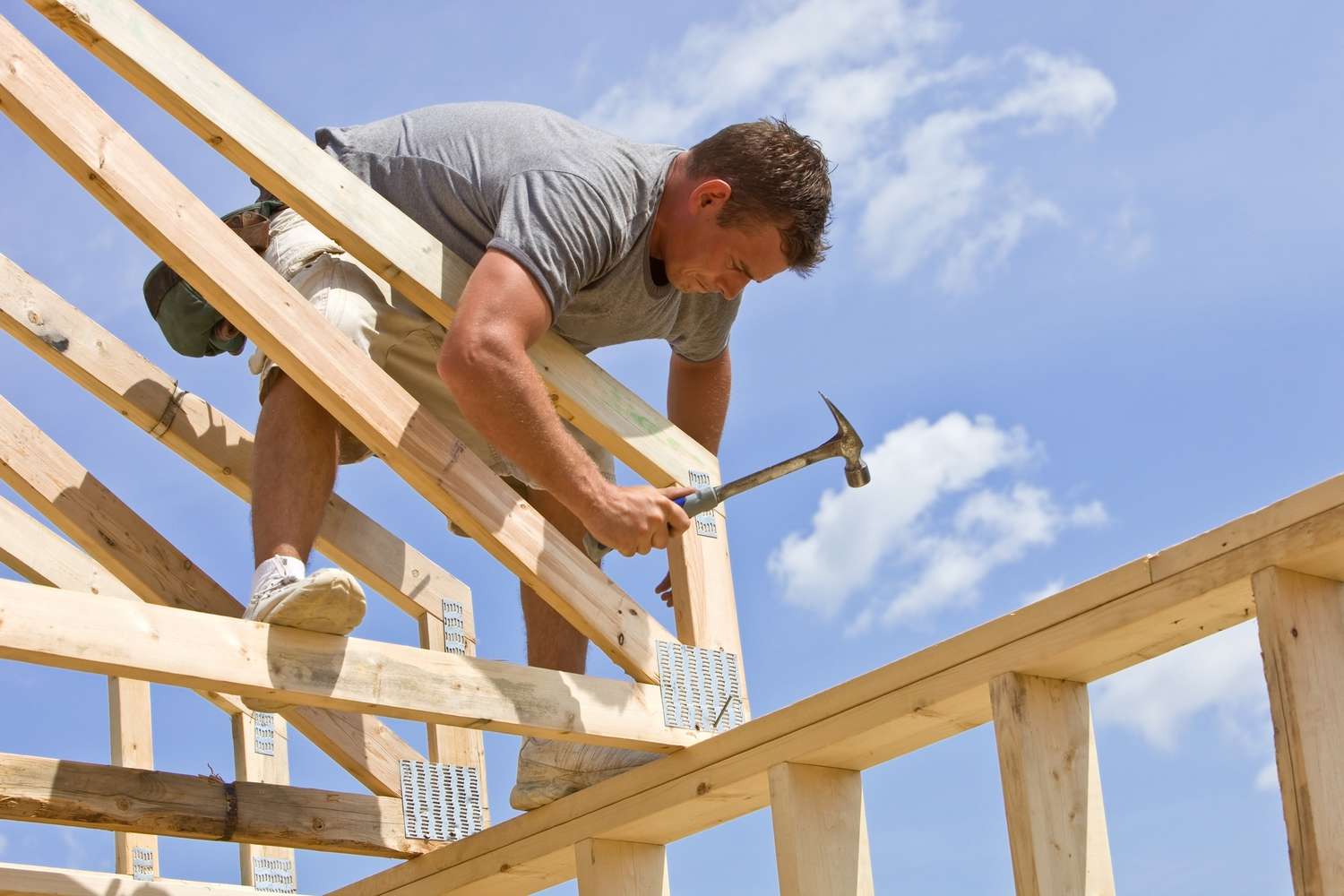


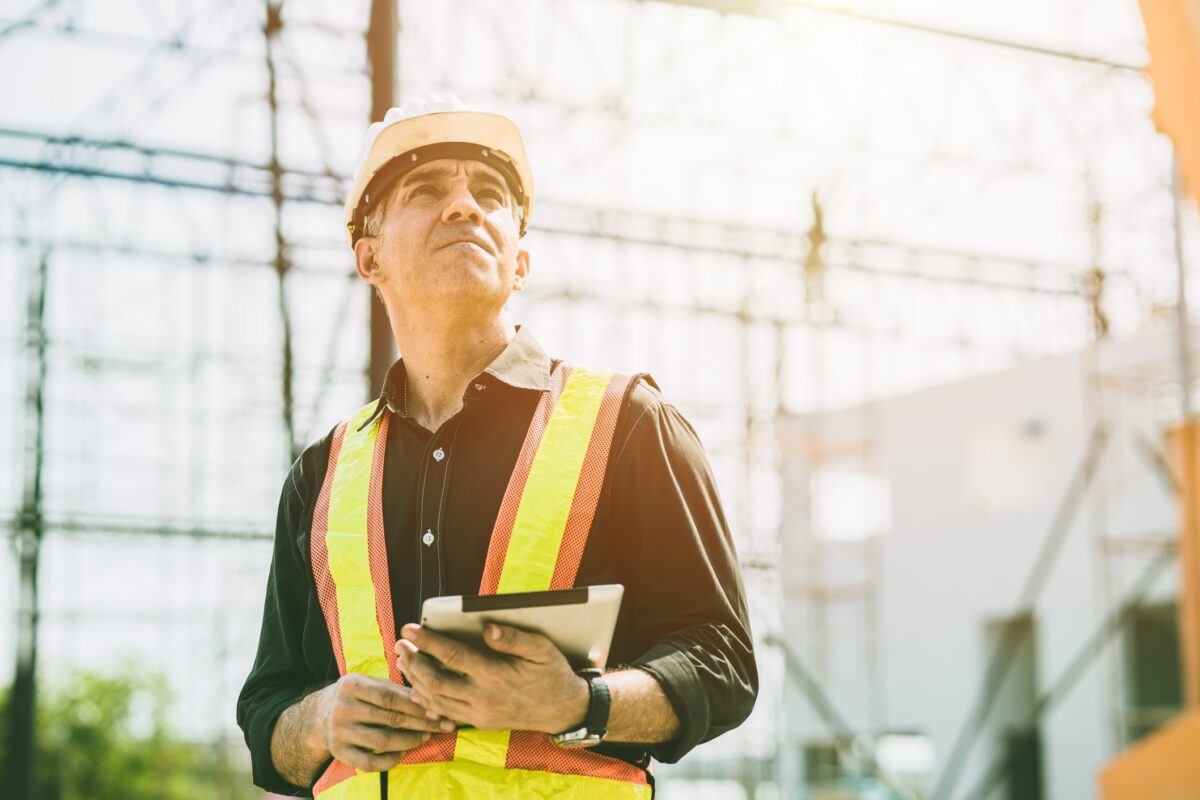
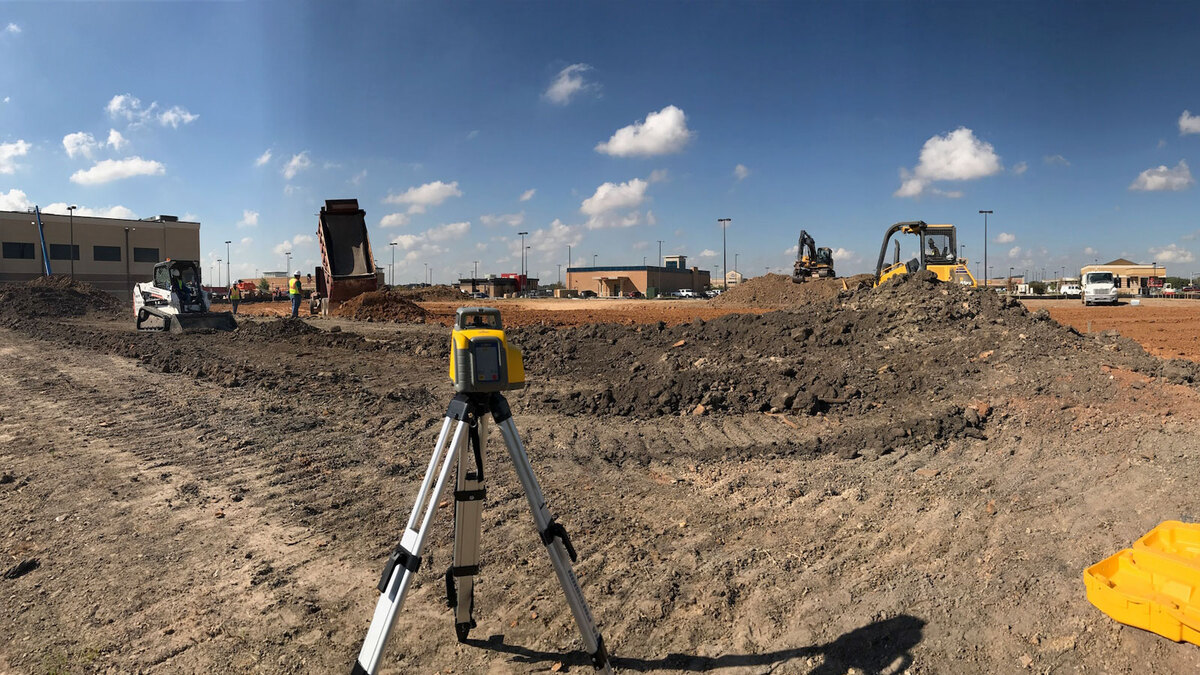
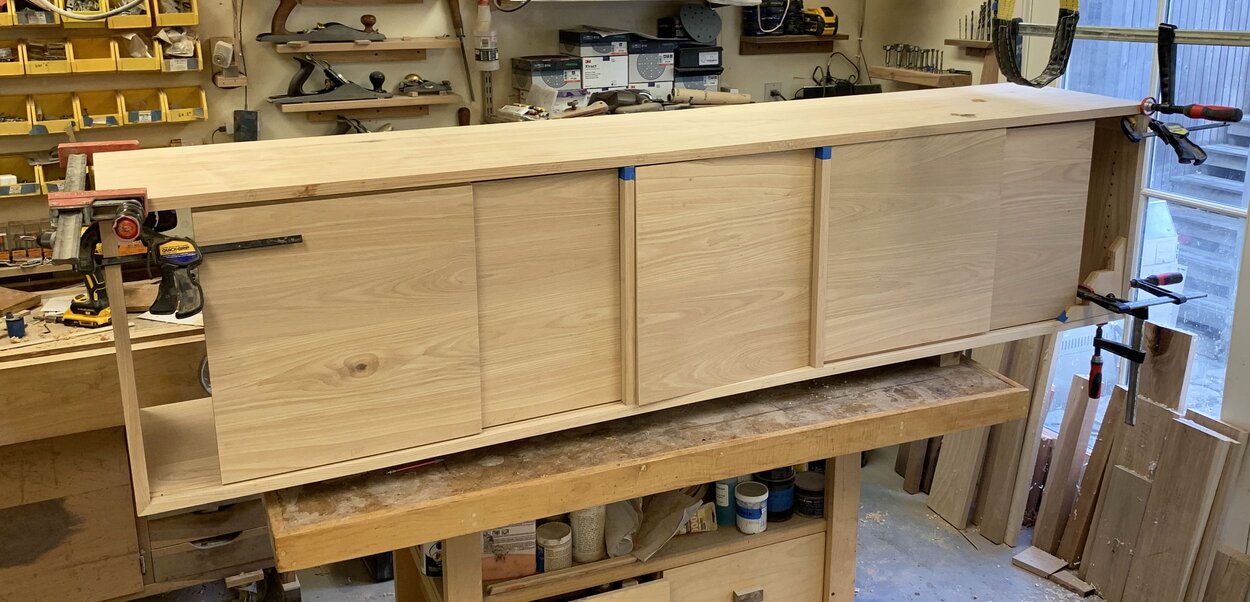
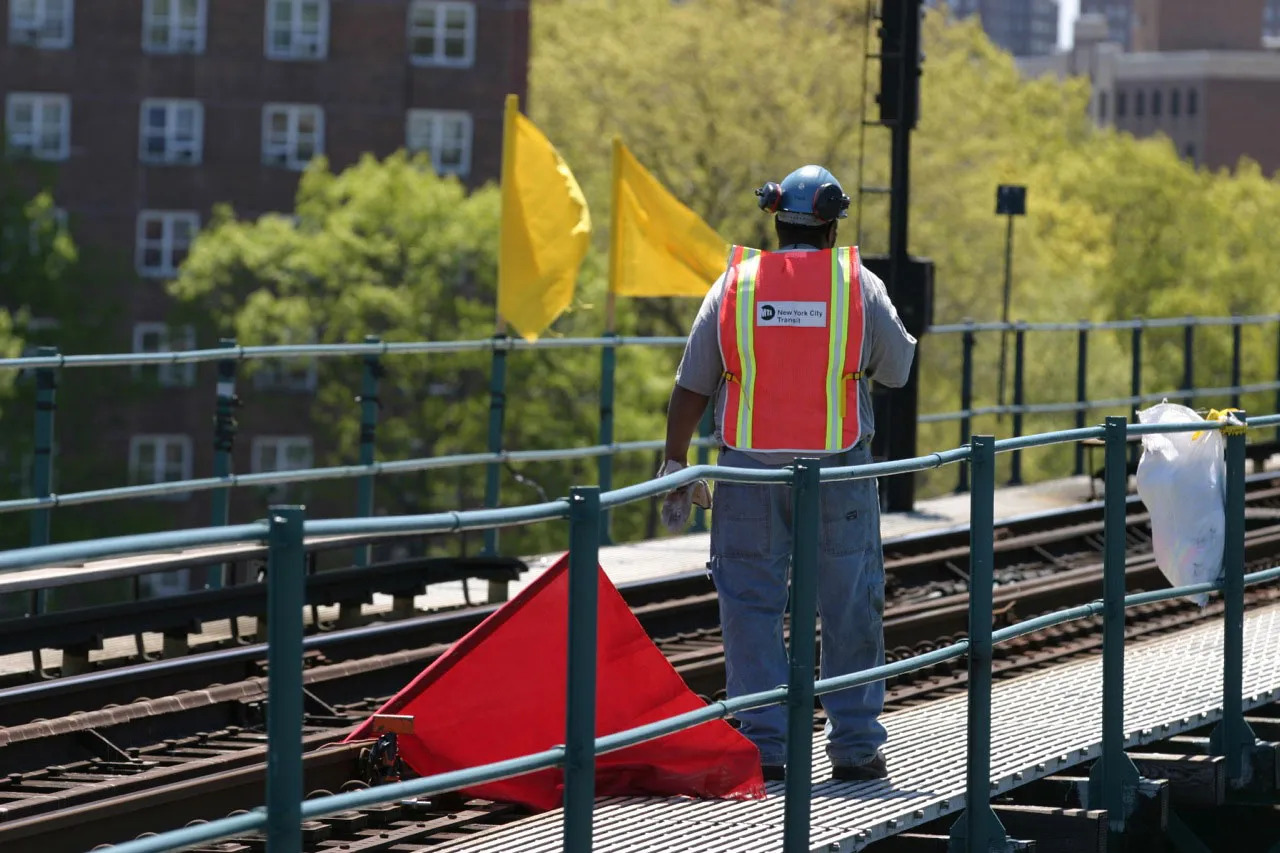
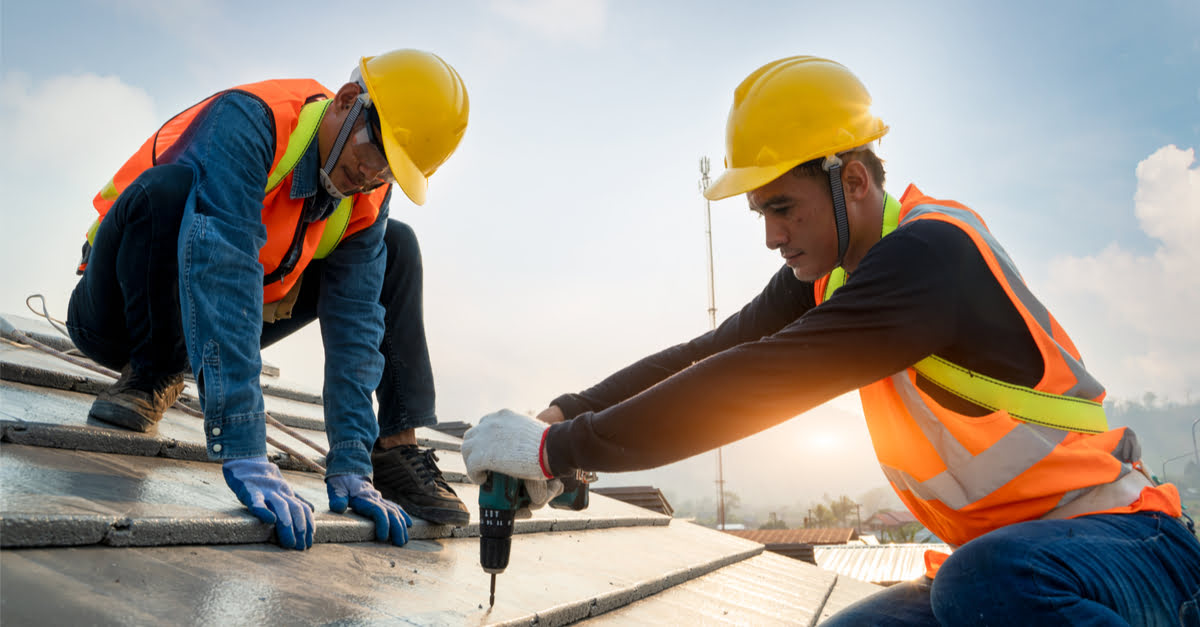
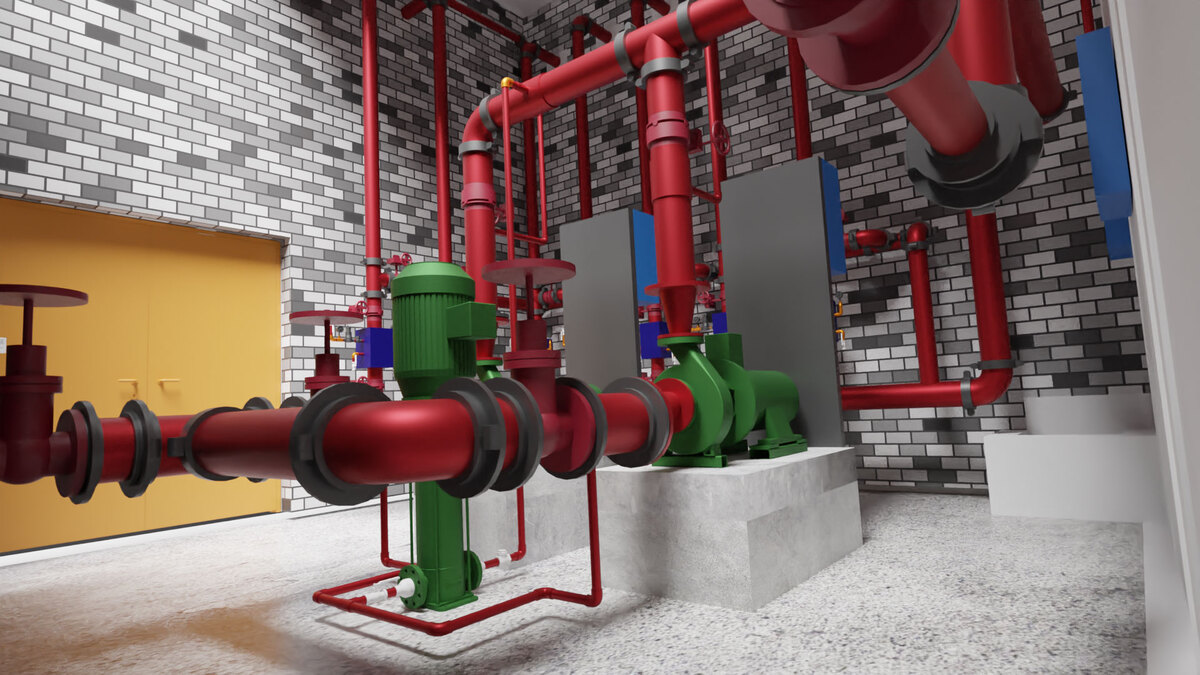


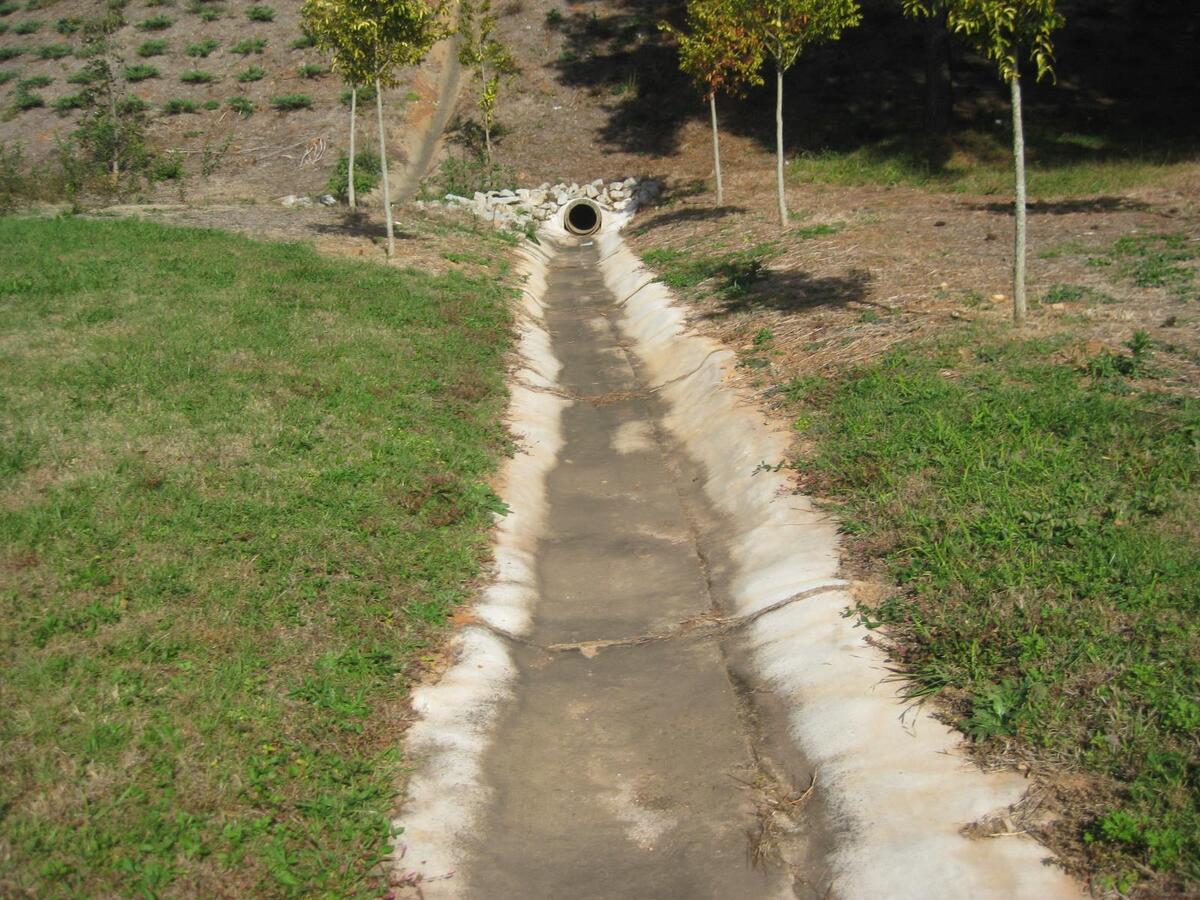


0 thoughts on “What Is An O&M In Construction”